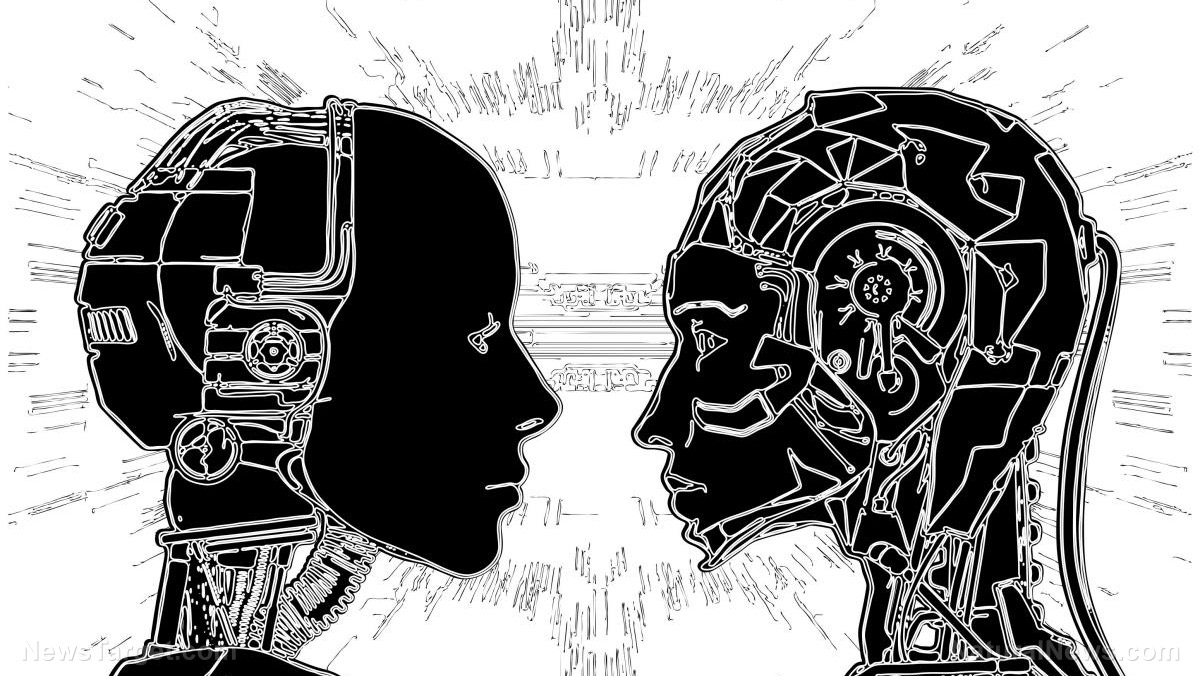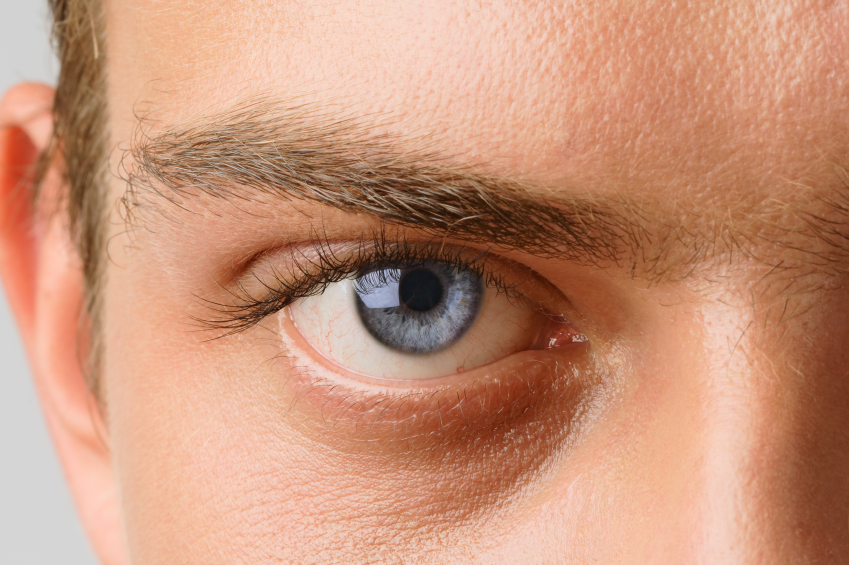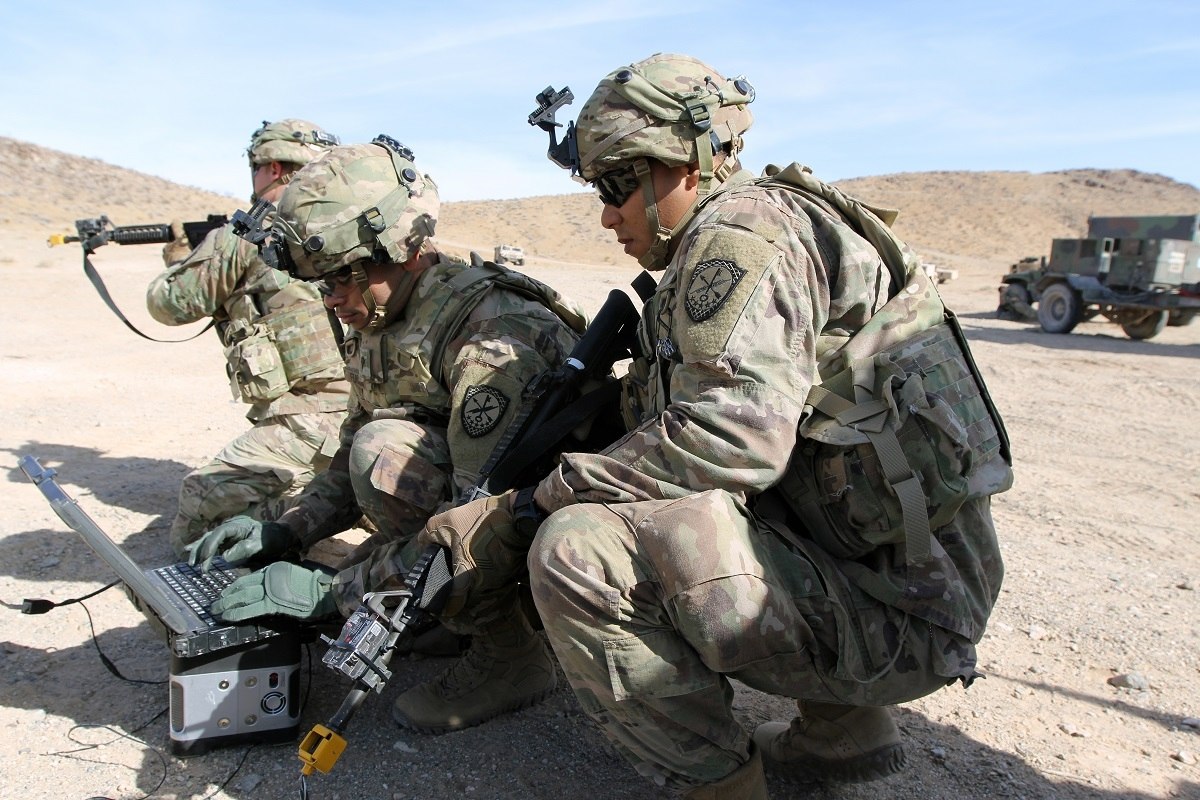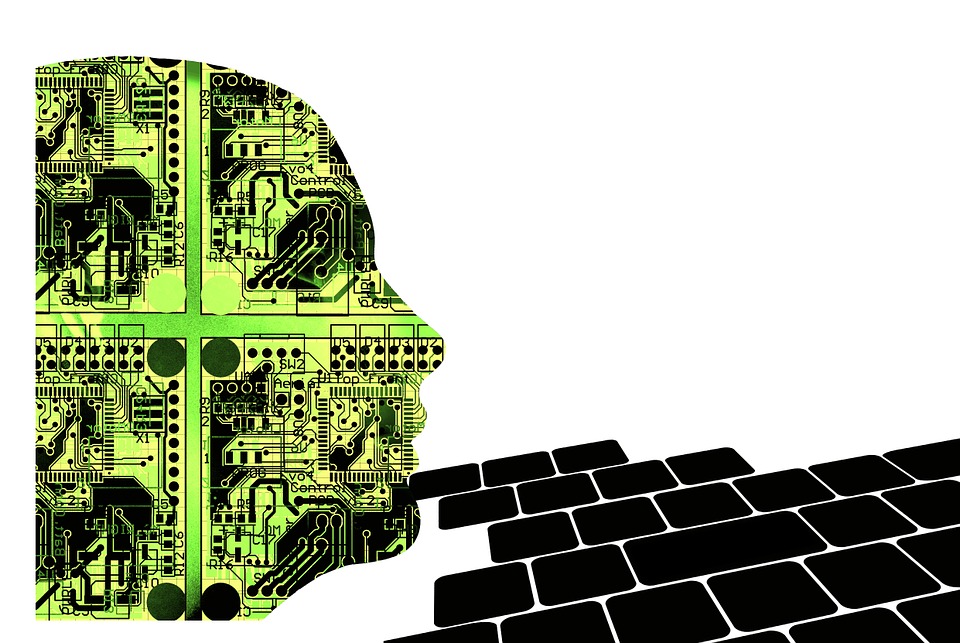The future of border security: This lie-detecting AI detects deception better than humans
07/11/2018 / By RJ Jhonson

Border security could be getting a digital upgrade. The Department of Homeland Security (DHS) funded and allowed testing of Automated Virtual Agent for Truth Assessments in Real-Time (AVATAR), a new lie-detecting technology that boasts the ability to detect suspicious behavior with an accuracy of up to 80 percent.
AVATAR combines artificial intelligence with sensors and biometrics to look for signs of untruthfulness and potentially risky behavior based on the movement of the eyes and changes in posture, facial expression, and voice volume, among others. The technology has an average success rate of 60 to 75 percent, but its accuracy can go up to 80 percent.
“Generally, the accuracy of humans as judges is about 54 to 60 percent at the most,” said Aaron Elkins, assistant professor at the San Diego State University and one of the developers of the system. “And that’s at our best days. We’re not consistent.”
AVATAR is not like the typical lie-detector test where the subject is hooked to a machine that examines physiological markers such as pulse rate and blood pressure. In the case of AVATAR, man does not make any contact with the machine. Instead, the subjects are required to face a kiosk and look at a computer screen while they are asked questions. The sensors will look for any indicators of lying while the person is speaking.
The technology is slated for installation at airports and borders where it will help border control and customs officials in screening and processing travelers, refugees, and asylum seekers. It is expected to speed up the process and prevent backlogs.
So far, the system has been tested on volunteers at the U.S.-Mexico border. Canada and the European Union have also put the system to the test.
Replacing jobs
AVATAR was developed at a time when there is a constant fear of machines taking away jobs from humans as more and more companies opt to automate their processes. Elkins denies this will be the case with the lie-detecting system.
“We wanted to let people focus on what they do best,” he said. “Let the systems do what they do best and kind of try to merge them into the process.”
Indeed, even with its advanced capabilities, AVATAR is not seen as capable of performing everything a human official can. Once it detects untruthfulness, it alerts border control officials and sends the person for a follow-up interview.
Moreover, the system may have lost government support as DHS seems to have opted to focus on human agents instead of virtual technology. Elkins confirmed this, admitting that funding for the project has not come from the government in recent years.
An article published by CNBC gives a glimpse of what may have happened. The article quotes an unnamed official from the DHS as saying “We have to screen people within seconds, and we can’t take minutes to do it.”
In 2017 alone, federal workers screened 46,000 refugee applicants. AVATAR, it seems, may have been too slow for the DHS’ needs.
For its part, the Canadian Border Service Agency has not confirmed its commitment to AVATAR, calling its 2016 test of the system “an internal-only experiment of AVATAR.” The agency added that at the moment, “analysis for this technology is ongoing.” (Related: Canadian border is vulnerable to Ebola and other weaponized pathogens.)
Elkins believes that the future of AVATAR is not limited to just border control. Presently, development of the system is on-going to ensure that it will be a snug fit to the needs of today’s airports and borders.
“It’s just a matter of finding the right implementation of where it will be and how it will be used,” he said. “There’s also a process that would need to occur because you can’t just drop the AVATAR into an airport as it exists now because all that would be using an extra step.”
Get more stories about virtual technology and its real-world applications at Computing.news.
Sources include:
Tagged Under: artificial intelligence, automation, avatar, Border Control, deception, future tech, government, Homeland Security, Illegal aliens, illegal immigrants, illegal immigration, lie detector, machine learning, virtual technology



















